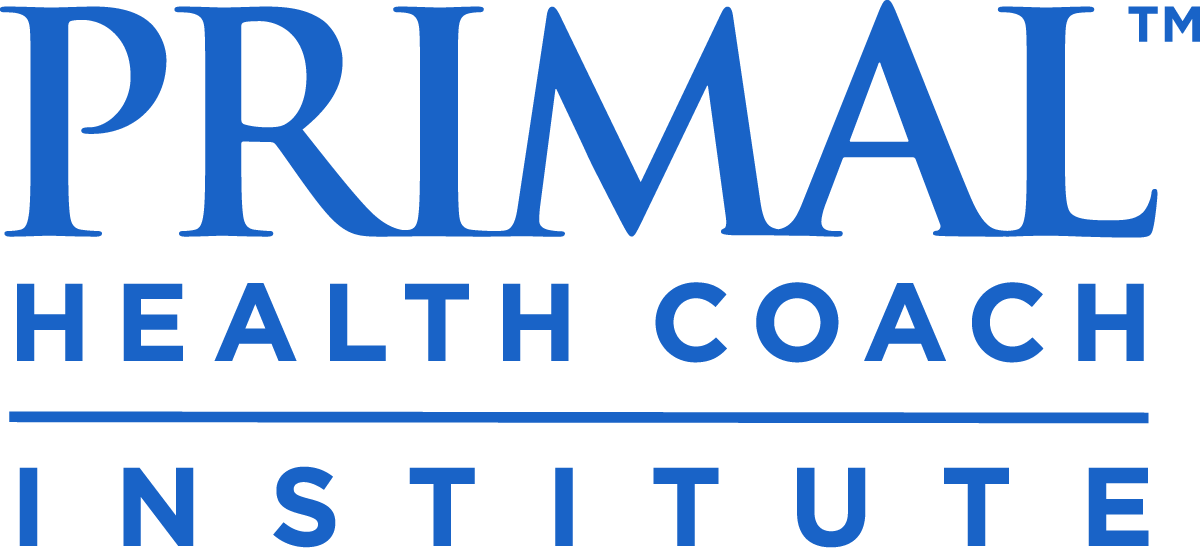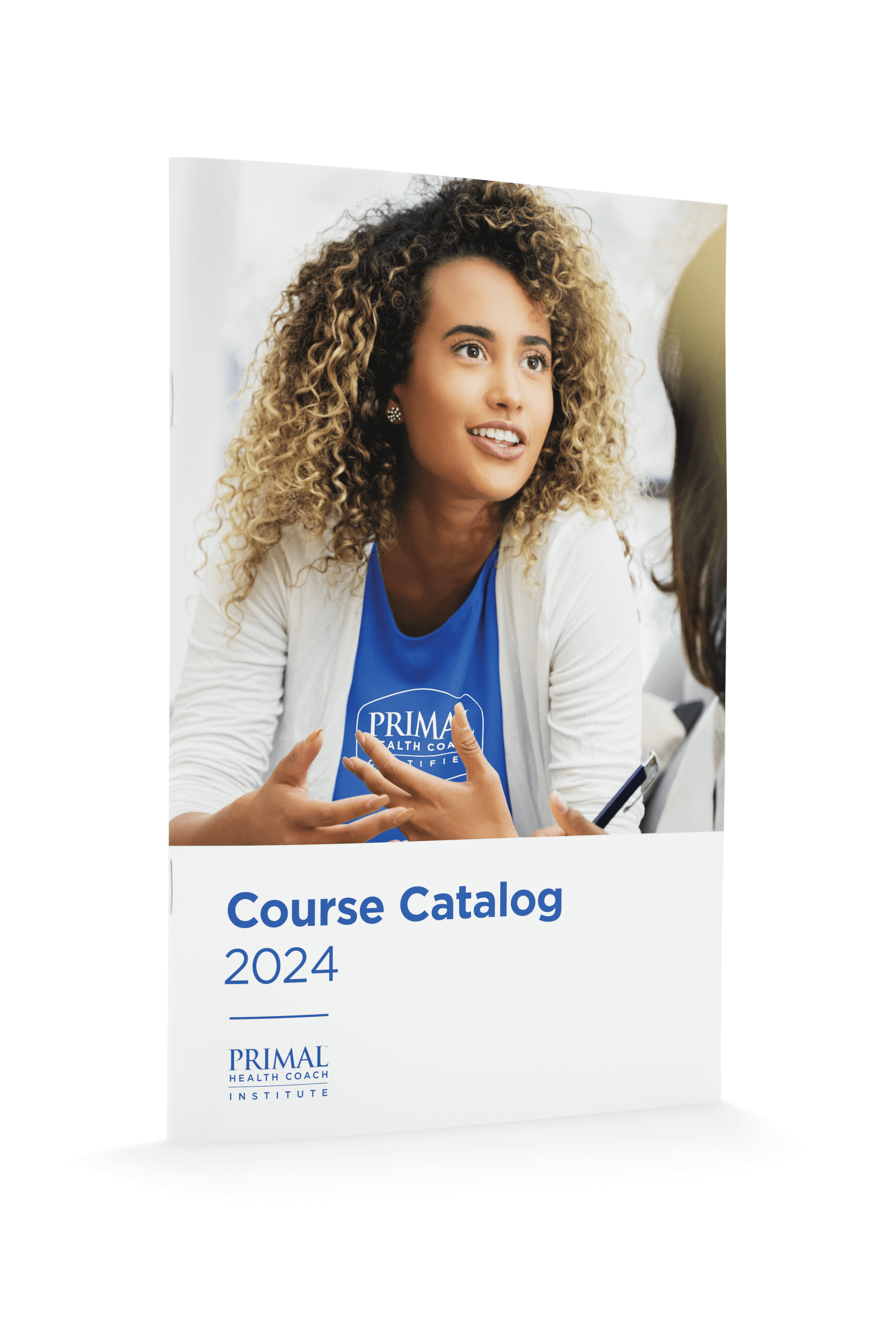
Is blogging part of your content marketing strategy? If not, you could be missing out on tons of potential clients. In fact, you have a 434% better chance of placing higher on search engine results if your health coaching website has a blog, and companies that blog get 67% more leads than those that don’t.
Statistics like these are really compelling. But what if you’ve never written a blog post in your life? Or you write them occasionally, but sometimes find yourself totally tapped out of ideas?
If you’re new to blogging, it can seem overwhelming at first. However, it’s one of the most powerful tools you have to grow your health coaching business. Plus, it’s totally free. Even if you don’t think you’re good at writing or that you have nothing to say, you owe it to yourself (and your business) to start a blog. Like anything, it gets easier the more you do it.
It doesn’t have to be all words, either. According to this article, blogs with images get 94% more views. Your blog could also be a combination of words, images, videos, and links, which we’ll talk about more in a minute.
How long should your posts be?
There’s a lot of information out there on this topic, and the answer, like most things, is it depends. If you plan on blogging a few times a week or just want your readers to take action on something specific, aim for a super short 300-500 word post. Want to boost your search engine rankings and user engagement? Post two to four times a month and go for longer articles in the 1000-1600 word range, which is about the length we shoot for here on the Primal Health Coach blog (although today’s post is a little longer).
Whatever length you choose, be sure to update your blog regularly with new posts, use keywords, categories, and tags to attract new readers, and include a call-to-action at the end to keep the conversation going—whether it’s to download your freebie (and subscribe to your emails), leave a comment, or sign up for a health coaching session with you.
What should you write about?
Like your website content, your social media content, and any of your marketing materials, your blog post topics should be focused on the needs of your niche audience—the specific demographic you work with in your health coaching practice.
While I can’t tell you what exactly those topics should be—only you know what’s important to your target—I can give you a list of 38 different types of blog posts that will inspire you to write something great.
1. The Checklist
Help your audience get ready for something (like a sugar detox or one of your online challenges) by creating a checklist-style post. The key is to break it down into short, action-oriented tasks, so those tasks can be checked off easily.
2. A How-to Guide
You likely have a lot of beginners out there, so consider a post that shows them how it’s done—whatever your “it” may be.
3. Your Personal Story
Your story is what makes you relatable, so don’t be shy about sharing it. Being a little vulnerable helps you connect with your audience.
4. Your Ups and Downs
If you’ve struggled to keep grains out of your diet or you don’t know the last time you took a rest day, share your experiences. Showing your failures (and victories) is another great way to connect with your niche.
5. The Review
Got a favorite brand of blue light-blocking glasses? How about a must-read book? Tell your niche why you loved it in a review-style post.
6. The Controversial Post
Some people may want to steer clear of this one, but if you’re okay with a little controversy, think about what’s typically considered off-limits with your audience and go for it.
7. Success Stories
If you have a client that’s reached their health goals by working with you, feature them in a post if they’re interested in sharing their story—and many will be as it helps grow their network as well. Not only does it shows social proof, it tells the world how awesome you are at what you do.
8. Testimonials
This kind of post is similar to a success story, but instead of featuring one client, you’ll include testimonials from a bunch of different clients.
9. Listicles
People love to share lists, so make this part of your blog rotation. It could be a list of your favorite grain-free places to eat, or the best apps for tracking your health on the go.
10. Local News
If your blog subscribers live in your area, tell them what’s going on. Is your neighborhood co-op having a sale on protein powder? Or better yet, are you giving a presentation somewhere? Let your readers know.
11. Link Roundups
Sometimes you don’t want to write a lengthy post—and that’s okay. Creating a roundup-style post lets you link out to your favorite recipes, workouts, or books without doing a lot of leg work.
12. A Series of Posts
Having a theme can make it easier to brainstorm what to blog about. Consider a series like ‘What I Ate for Dinner this Week’ or our ‘Day in the Life of a Primal Health Coach’ posts.
13. The Crowdsourced Post
Ask your social media followers a question that’s important to them, and curate their responses in your blog. The more perspectives, the better.
14. An Interview
Maybe you met Mark Sisson at Paleo f(x), or one of your former classmates has a unique perspective on something related to your niche. Interview them and write down the Q&As.
15. The Behind-the-Scenes Post
There’s something intriguing about getting a glimpse behind the curtain, so think about showing your audience what’s in your fridge right now, or what you do when you don’t feel like working out.
16. The Inspirational Post
Share a story about how you left your mind-numbing job for a fulfilling health coach career, or how you recreated your favorite childhood dessert using cassava flour. Even a collection of inspirational quotes works.
17. Comparisons
Put your favorite collagen peptides, dark chocolates, or compression socks to the test in a comparison-style post.
18. An Opposites Post
Write a humorous post like 10 Reasons to Avoid Animal Protein or Why You Should Never Do Another Squat in your Life written as negatives to show your clients the things they don’t want (like slower recovery, burning less fat, zero sex drive, etc).
19. The Infographic Post
Got a lot of information or stats you want to share without boring your audience to tears? Make an infographic. With websites like Canva and PiktoChart it’s easier than you think.
20. Frequently Asked Questions
Think about the questions you get on social media or during your discovery calls. If some of your prospects are asking these questions, there’s a good chance others will want to know the answers as well.
21. Questions You Should Be Asking
Different than FAQs, these are questions your clients should be asking. They’re the type of questions that go deeper, like the ones your clients might have after their 5th or 6th session with you.
22. Life Hacks
What are your favorite hacks for staying healthy? It could be prepping meals on Sundays so you’re not tempted to eat out, or trading in an hour at the gym for 10 pushups every time you get up from your desk.
23. An Event Summary
Did you recently attend a conference or event that your prospects might be interested in? Give a quick wrap-up and share what you learned.
24. The Rant Post
Primal Health Coach Ste Lane is well-known for his morning rants on social media. Not that you should do the same thing exactly, but speaking your mind is a great way to get a conversation brewing.
25. A Challenge
Maybe you’re promoting a 21-day sugar detox, or you want to challenge your audience to move more throughout the day or to start reading labels. Use a challenge-style post to get readers engaged.
26. The Glossary
If you’ve used terms in your previous blog posts that might be unfamiliar to your audience (ketones, Standard American Diet), consider writing a glossary, and linking back to posts where you wrote about them. See what I did there?
27. The Why Post
A lot of times your readers will want to know “how” to do something, but it’s also important to tell them “why” they should be doing it. This type of post answers that question.
28. Deep Thoughts
This is the kind of post where you let your thoughts flow freely without overthinking it. Mark’s Sundays with Sisson posts are a great example of this. If you’re not a subscriber, sign up here.
29. Quizzes, Surveys, and Polls
Want to test your readers’ knowledge about anti-nutrients, or get targeted information from them about their sleep habits? Engage them with a quiz, survey, or poll.
30. The Pop Culture Post
Have you been watching The Paleo Way on Netflix? Or maybe you’ve seen a movie that’s in line with what you preach as a health coach. Use this kind of post to share your thoughts about it.
31. The Myth-Busting Post
The coconut oil debate is old, but there will always be some new myth to dispel, especially around nutrition and fitness, so you might want to do a myth vs. fact kind of post.
32. A Beginner’s Guide
If you have a lot of new subscribers, consider writing a Beginner’s Guide to Bodyweight Exercises, a Beginner’s Guide to Fermenting Veggies, or whatever it is you specialize in.
33. The Cheatsheet
This is kind of like the Cliff’s Notes version of a How-To Guide post. Cheatsheet posts are designed to be shorter and more succinct. Think 300 words or less.
34. A Seasonal Post
Got a natural way to combat springtime allergies? Or a killer recipe for a paleo pumpkin spice latte? Add seasonal posts to your blog rotation to stay relevant—and fun!
35. A Video Post
Some people are just more comfortable in front of the camera. If you’re one of those people, use a video post to show off your kitchen, your dead lift form, or even how you shop at your local co-op.
36. The What’s New Post
Let your readers in on what you’ve been working on lately. It could be decorating a new office space, creating a new online course, or testing recipes for a new book you’re working on. By sharing what’s new in your health coaching practice, you’re actually promoting it, just not in a sales-y way.
37. Expert Advice
What do experts in your field have to say about things? Link out to studies, articles, and quotes to build authority on the topics you’re passionate about. This kind of post adds to your trustworthiness by using respected names and sources to back you up.
38. A Personal Details Post
Not every post has to be about your health coaching business. Your blog is how future clients will get to know you, so write about a recent vacation, a birthday celebration, or something else related to your personal life. You don’t want to share every detail—just let them see behind the curtain here and there.
Conclusion
Blogging is about more than sharing your insights on certain topics—it’s how you’ll build authority and trust with future clients so that when they’re ready to hire a health coach, you’ll be top of mind. Whether you’re new to the blogging world, or you were battling a temporary writer’s block, hopefully this list will inspire you. Keep it handy anytime you need to jumpstart your creativity, and check out this post we wrote a few years back with more inspiring ideas for your health coaching blog.



